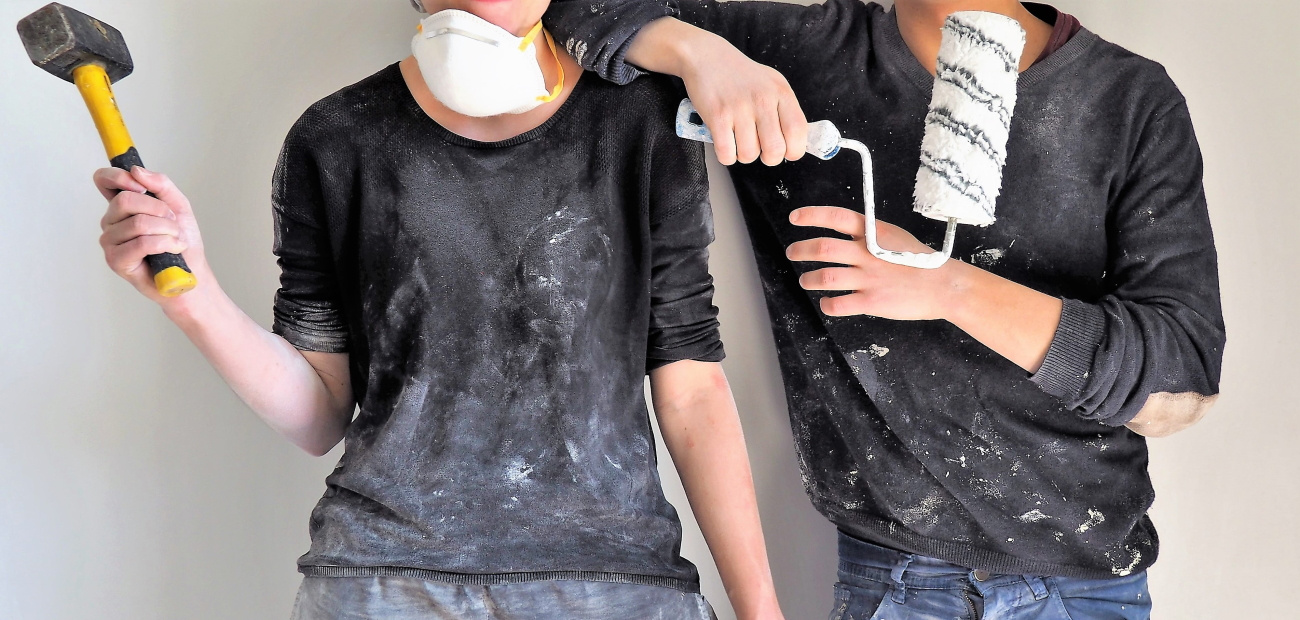
Spring
2022
Almost every homeowner has a home improvement horror story to share—not finding an available remodeler, waiting months for appliances, having doors delivered that are the wrong size. To make matters worse, prices have skyrocketed for many items, often after a contract is signed. While these challenges don’t fall within a normal sales pro’s job, the times aren’t normal. Help ease homeowner stress by sharing these seven remedies.
- Channel patience. The best contractors are booked farther out. Owners should be as prepared as possible by asking neighbors for recommendations, making a list of what they want done, assembling images, setting a budget, and being flexible about a timetable.
- Consider storage. Architect Allan J. Grant says clients are concerned about delivery delays that hold up construction. One solution is to purchase goods well ahead of time and pay for a storage unit. Another is to check with a manufacturer to learn if the stated lead times are accurate, says Thomas Jepsen, founder of Passion Plans, which sells plans online.
- Find alternatives. Research what shortages are rampant and where a replacement might work, says Jepsen. To deal with lumber shortages, Charlie Wiles of A&C Wiles Construction says he has started fabricating unavailable lengths by cutting down two-by-fours to the desired smaller measurements.
- Scale back. For the first time in 38 years, Wiles is putting into contracts that the homeowner will cover a price change rather than have him absorb it. “We’ve never seen anything like this, with lumberyards holding a price for only two days,” he says. Jepsen says lumber was up about 400% at its worst point. Owners can lower costs before work begins by scaling back a project’s complexity and using less-costly products.
- Consider reclaimed materials. They can adds charm, save an owner money, and contribute to sustainability. “Good reclaimed materials may be difficult to come by,” says Jepsen, “but they can be worth it.”
- Think out of the box. Depending on the project, consider faster options such as a prefabricated accessory dwelling unit. “There are not as many supply chain issues on parts for these kits since we leverage multiple vendors,” says Jeremy Nova, co-founder of Studio Shed, manufacturer of prefab sheds. The company flat-packages an ADU kit to a site.
- Recognize there’s no longer an off-season. Most skilled remodelers no longer have down times. In many markets, work proceeds at a frenzied pace year-round. Go back to lesson 1 for the importance of patience.
